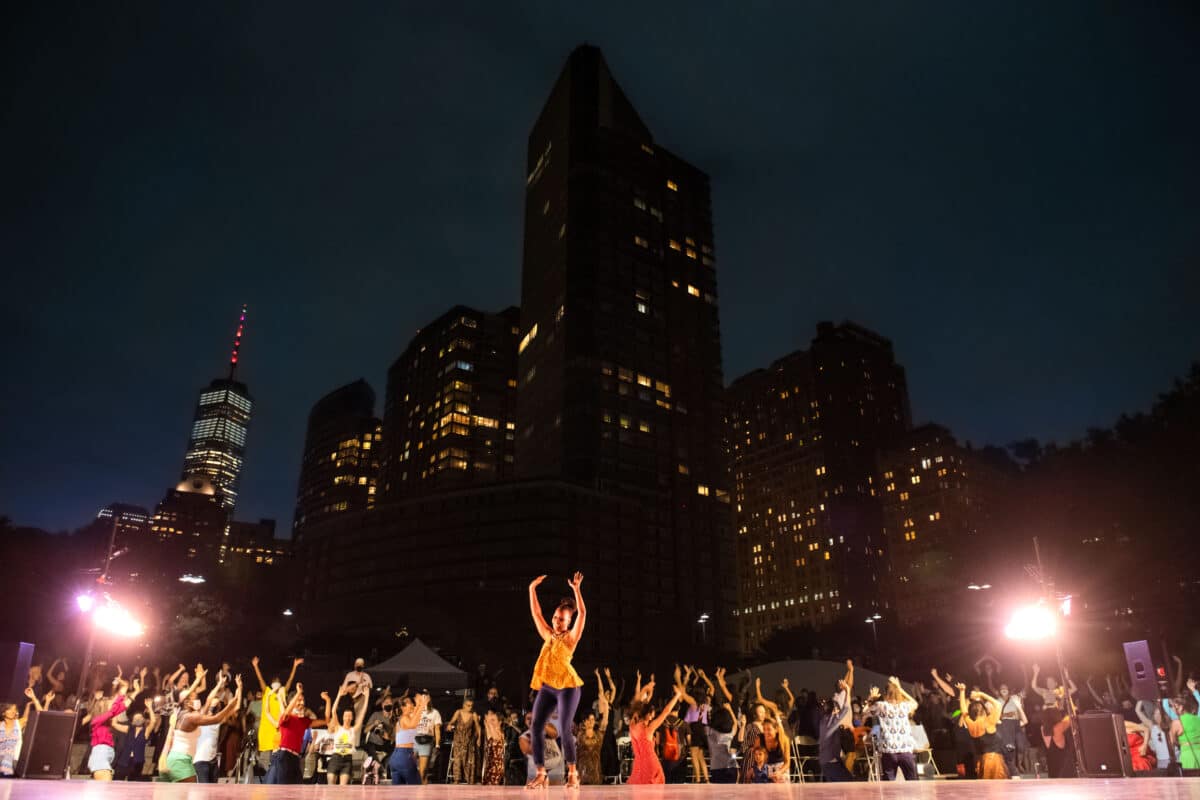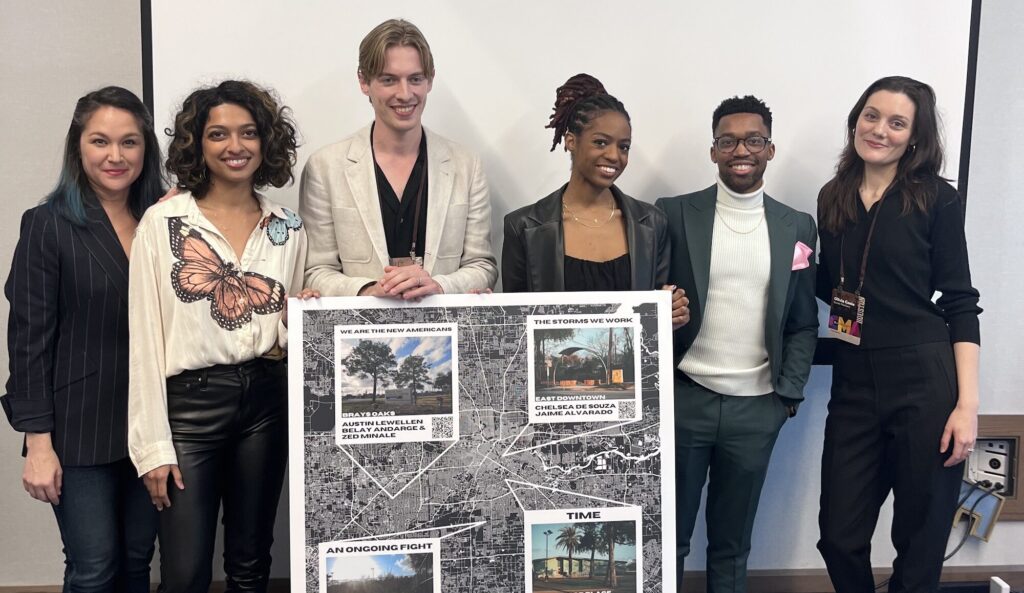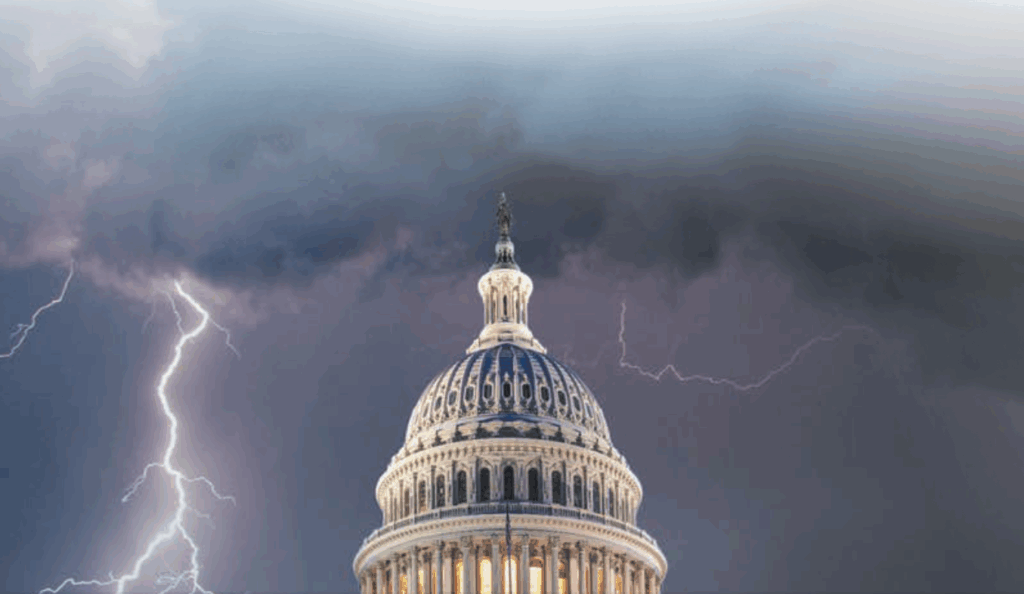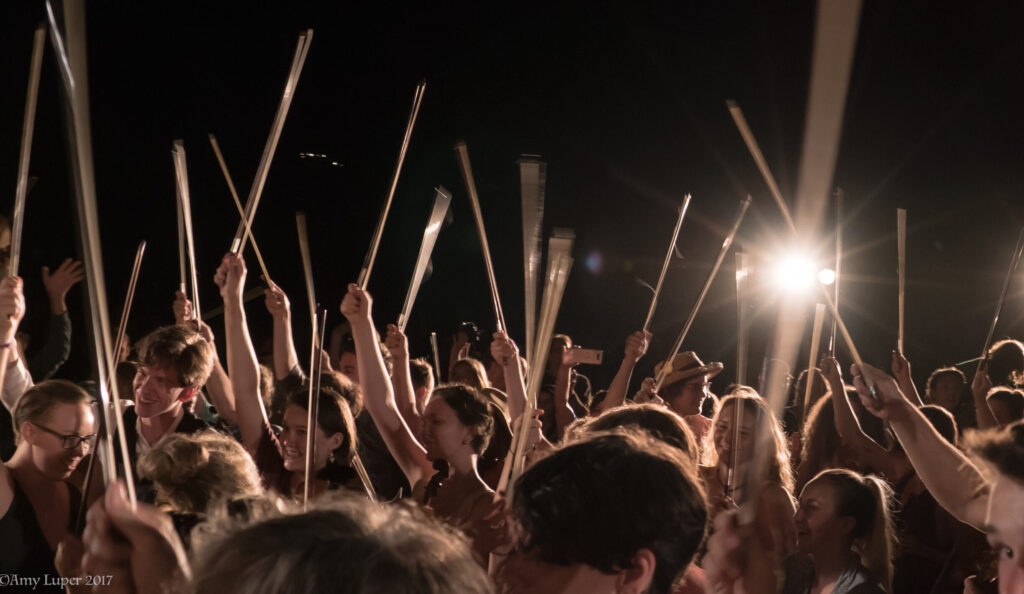Close Listening
A new qualitative study focusing on the experiences of Black Americans at arts and culture organizations offers some first steps for administrators seeking a more equitable path forward.

In the Winter 2022 issue of this magazine, we published findings from a wide-ranging report on today’s arts audiences, entitled Culture and Community in a Time of Transformation. That monumental study, conducted by the consulting firms Slover Linett and LaPlaca Cohen, offers a remarkably comprehensive—and often surprising—look at what Americans want from the arts in our complex cultural moment, with some clear, practical takeaways for organizations of all sizes. (The article and report are available in full for free at chambermusicamerica.org/extras.)
But sometimes, and especially when the goals of a study are very complex, the numbers don’t quite tell the whole story. Conceived in the months following the murder of George Floyd, Culture and Community in a Time of Transformation sought answers to difficult questions around race, equity, and the hard-to-define qualities like belonging and trustworthiness in the arts and culture sector—questions that don’t always fit neatly into the brief format of a survey. So the researchers advocated for an additional, qualitative phase of research that would go deeper, with a more pointed focus.
This additional phase of research, conducted in collaboration with Yancey Consulting, took the form of in-depth interviews with fifty Black Americans, a group chosen, the researchers write, because “those viewpoints have historically been excluded or sidelined in most research studies and planning efforts in the cultural field.”
Importantly, this group was never intended to “represent ‘the Black community.’” As Lisa Yancey elaborates in the introduction to the report, “this qualitative study isn’t about sampling. It is about being directed by voices that are too often muted or overly generalized.”
The results from those interviews, especially when taken alongside the study’s quantitative data, are powerful and illuminating. As Yancey writes: “we are living in a time when listening to stories versus capturing responses could have the most catalytic effect toward social transformation.” We’ve summarized some of the key findings below, but strongly urge readers to read the full report, entitled A Place to Be Heard, A Place to be Held: Black Perspectives on Creativity, Trustworthiness, Welcome and Well-Being, which is available in full at chambermusicamerica.org/extras.
Honoring Everyday Creativity
Across Culture and Community’s quantitative and qualitative studies, the prevalence of personal, everyday creativity was a striking takeaway. In the study’s second wave, 96% of respondents reported engaging in creative activities of one kind or another, and the in-depth interviews reinforced that finding. But the qualitative research also got at the deeper meaning behind many people’s everyday engagement with creativity: it was not an isolated activity, but a key component in self-care, social connection, and overall well-being.
That connection may be unsurprising to many who work in the arts—indeed, we often advocate for the importance of art on the basis of its practical social value. But it’s less common for these connections to directly make their way into an organization’s programming strategies. The authors of the report urged arts organizations to think hard about ways to celebrate and validate their community members’ personal creativity. For many organizations, that may mean broadening the definitions of the work they support, or seeking new connections between audiences’ nonprofessional, everyday creative practices and the professional work the organization presents.
The potential benefits are two-fold. First, there are obvious practical benefits to encouraging community members to engage in activities associated with their personal well-being and social connection. Second, in doing so, organizations may foster positive social change; according to respondents, everyday creativity helped them imagine new possibilities about the world and their futures. For arts organizations, the authors suggest, it’s worth remembering that professional artists are not the only visionaries in our sphere, and not the only voices that deserve to be empowered.
All of the above may have a role to play in how arts organizations navigate their future utilization of digital and/or streaming presentations. Across the board in the qualitative and quantitate studies, digital presentations were considered flatly inferior to in-person presentations. But digital presentations also have unique benefits in terms of physical and financial accessibility and reach, and organizations should consider ways to tailor digital-only presentations to suit the unique benefits of the format, “by better incorporating social connection, fostering individual or collective creativity, and facilitating civic or social reimagination.”

Creating Space for Self-Care
For many Americans, the past two years brought about a newfound focus on self-care. For some, priorities may have shifted in the initial Covid-19 shutdowns, when daily rituals were disrupted and the status quo was thrown into sharp relief. For others, it may have been grief or trauma that spurred a need for healing. For many Black Americans, self-care may have become an acute need in the aftermath of the police killings of George Floyd and others and the ensuing protest movement—or via some combination of all of the above.
The report suggests, first and foremost, that there is a widespread need for individual and community-level self-care and healing. “Participants in this research spoke of self-care as something essential to their lives, not superficial or an add-on,” write the researchers. Further, self-care is intrinsically tied to creativity and self-expression. The authors urge organizations to consider how they might integrate individual and social processing and other therapeutic approaches into or alongside their regular programming, noting that there are many artists already exploring these connections, and that these practitioners might function as models or guides.
Crucially, these efforts should be developed with input from community members, and require that organizational leadership have real, direct knowledge and understanding of the needs of the community. Collaborations with social sector organizations may also offer a path forward. An arts experience may not need to be explicitly about healing or self-care in order to help meet the needs of a community; the report suggests that many Black Americans already consider some—but not all—arts spaces to be refuges. But a requisite in this work is a genuine sense of trustworthiness in the arts organization.
Trust & Trustworthiness
The study’s participants together painted a complex picture of how organizational trustworthiness is formed and sustained. Participants reported that feelings of trust evolved over time, and were not permanent; in other words, an organization must demonstrate consistent qualities of trustworthiness to maintain a community’s trust.
Notably, the study’s authors are careful to distinguish between trust and trustworthiness; the former describes how an audience might relate to an arts organization, whereas the latter describes the actual practices of the organization. An audience will only gain trust in an organization when it demonstrates trustworthiness.
Importantly, words and statements alone were not sufficient to generate trustworthiness; participants reported that they were far more likely to trust an organization on the basis of its practical actions. Actions that directly benefited the community, especially those that entailed stepping outside the organization’s traditional domain, left a particularly significant impression. For example, a concert venue that converted a dormant space into a food pantry may have sent a powerful signal of trustworthiness to its community during the pandemic; an organization that posted solidarity statements with few concrete actions may have given the opposite impression.
The study found that attendance alone was not a direct indicator of perceptions of trustworthiness. In other words, an arts-goer might attend an event despite feeling little trust in the institution. This was especially common for larger, well-known institutions, but the takeaways have broad relevance for all arts organizations, and perhaps especially those who predominantly present classical music.
Study participants reported regularly feeling a cognitive dissonance between their experience of the art being presented and a broader sense of discomfort with the institution. An example of such an experience might be that of a classical music listener who, while a great fan of the music, nonetheless experiences discomfort around the absence of diversity in the Western canon, or with the music’s association with a historical period marked by colonial violence, enslavement, and white supremacy. The study’s authors urge organizations to sensitively acknowledge these dissonances while also directly examining inequities in their programming.

Welcome & Belonging
As with the concepts of trust and trustworthiness, the authors were careful to point out a key distinction between welcome and belonging. They define welcome as “a function of the actions and tributes of a space or event” and belonging as “an internal feeling that can be present or absent independent of the space.”
The study’s first takeaway around welcome was in many ways the simplest: small acts of kindness go a long way. “Participants noted that all kinds of experiences are racialized in this country, which can make rudeness and racism functionally indistinguishable,” write the authors. They go on to recommend that organizations work to “create environments of active, unmistakable welcome.” These small acts often add up to broader positive associations with an organization’s work.
The second—and more complex—theme to emerge was representation. The study participants wanted to see diverse representation manifested in a variety of ways. In an organizations’ programming itself, they want to see art that represents all aspects of Black life—not just trauma-centric narratives about slavery and police violence. “Black people, cultures, and experience are diverse and multifarious,” the study’s authors write. “Practitioners and funders should make time to question and defuse any impulses that tokenize Black people and affirm only one type of Blackness that is ‘palatable’ to white people.”
Unsurprisingly, participants also wanted to see diverse representation in leadership, and can perceive its absence, even if indirectly. This is especially important in programming that deals specifically with the experiences of Black people.
Finally, respondents noted that they want to see organizations and funders celebrate Black artists as visionaries within the artform, rather than as outsiders or “others” brought into conversation with an organization’s main, everyday programming. “The people we talked with are sensitive to the kinds of marginalization of Black creativity that keeps Black genius out of some domains and locked into others,” the report’s authors write. “Celebrating Black visionaries and innovators can help generate a sense of both welcome and trustworthiness.”
The above is only a short summary of the insights in the study. We encourage you to read the full report at chambermusicamerica.org/extras or at culturetrack.org.
Key Takeaways
Actions speak louder than words. Solidarity statements alone do little to create a sense of organizational trustworthiness.
Value your community members’ creativity. Consider ways to support and showcase the creative activity in your local community.
When planning programming, consider your goals. What community outcomes do you want to achieve?
Self-care and the arts go hand-in-hand. Offer space and services for community healing, following the community’s lead.
Small acts of kindness go a long way. Create an atmosphere of “unmistakable welcome.”
Acknowledge the history. If the story behind a genre, composer, or work is complicated, don’t shy away.
Thoughtful, thorough representation is key. Diverse leadership comes across. In programming, take care to honor the multitude of Black experiences—not just trauma narratives.
Use virtual programming for good. Focus on ways to expand reach to those who might otherwise struggle to access your programming.



